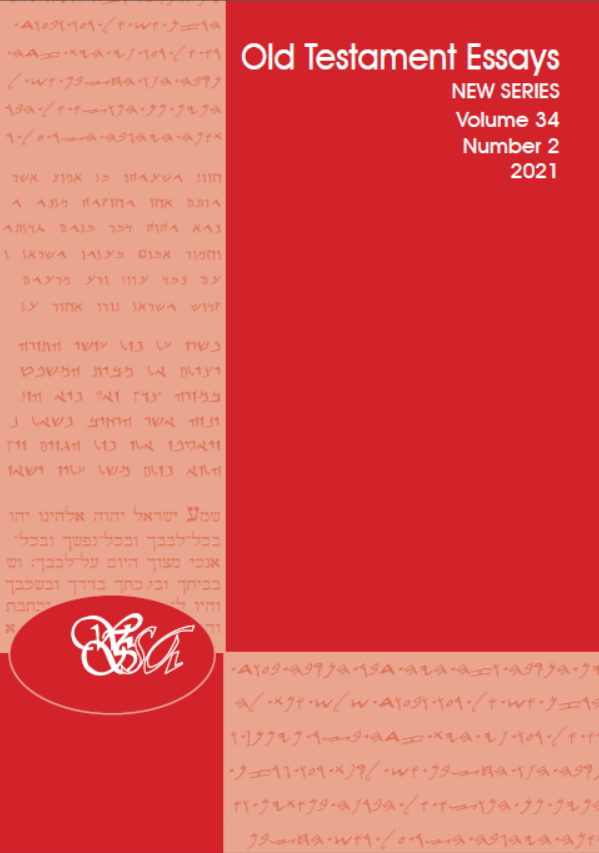Abstract
The twin psalms 135 and 136 are both hymnic inspired texts with strong cultic features. In both psalms, exodus allusions and motifs play a role in the composers’ intention to build their own theological thrust. Both psalms display a plethora of resemblances regarding atmosphere, structure, themes, motifs, content and liturgical importance. Nonetheless, each of them radiates its own identity and theological intent. By reading these two psalms both separately and together, the common denominator places the focus on praise for the Israelite God, Yahweh. By identifying the exodus motifs and determining their function in each psalm, this article aims to contribute to the theological meaning of both psalms.
Authors who publish with this journal agree to the following terms:
- Authors retain copyright and grant the journal right of first publication with the work simultaneously licensed under a Creative Commons Attribution License that allows others to share the work with an acknowledgement of the work's authorship and initial publication in this journal.
- Authors are able to enter into separate, additional contractual arrangements for the non-exclusive distribution of the journal's published version of the work (e.g., post it to an institutional repository or publish it in a book), with an acknowledgement of its initial publication in this journal.
- Authors are permitted and encouraged to post their work online (e.g., in institutional repositories or on their website) prior to and during the submission process, as it can lead to productive exchanges, as well as earlier and greater citation of published work (See The Effect of Open Access).

